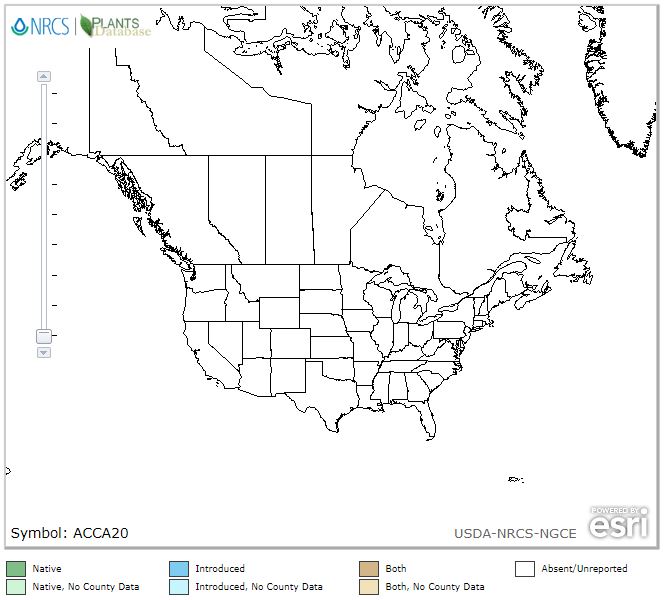Peony Bark, Mǔ Dān Pí, 牡丹皮, Cortex Moutan
Disclaimer For educational purposes only. Do not use as medical advice
Space Space
Space USA: Paeonia suffruticosa Andr. USDA Zones: Native: Habitats: Herbal medicine may interact negatively with pharma drugs and other herbs. Examples below: Herbs: Pharma Drugs: Hypotensive drugs
Health Benefits
For: Hot flashes (menopausal) • Pupura • Hemoptysis • Bruises • Hematuria • Hematemesis • Epistaxis • Hypermenorrhea • Amenorrhea • Allergic rhinitis •Hypertension
Attributes: Anti-inflammatory • Antibiotic • Anticonvulsant • Analgesic • Antipyretic • Hypotensive • Immunostimulant • Sedative
Products (online examples)
Space
Space
Research (sample)
Articles:
Constituents:
Paenoside • paeoniflorin • Paeonol
Photos (Click to enlarge)
Fun Facts
Other Names: Dan Pi • Tree peony bark • Moutan
Plant Family:
Pharmacopeias: Shen Nong Ben Cao Jing
Species
Growth
TBD
TBD
Paeonia suffruticosa Andr. is not in the USDA Plant Database. Drill down via USDA Interactive Map:
Category: Clear Heat Cool Blood
English: Peony Bark Pinyin: Mu Dan Pi Pharmaceutical: Cortex Moutan
Organs: Kidney • Liver • Heart Temperature: Cool
Taste: Bitter • Pungent Toxicity:
Patterns: Yin deficient heat • Menstrual disorders • Blood stasis • Heat in blood level • Liver fire • Liver yang rising
Actions: Cools blood • Clear yin deficient heat • Invigorate blood • Clear blood stasis
Indications: Nighttime fever • Steaming bone disorder without sweat • Menstrual disorders • Bruises •Abscess
Contraindications: Deficiency cold • Pregnancy • Excessive menstruation
Typical Dosage: 6g to 12g; Max dosage of 30g Guidelines
Parts Used: Bark
Other: There are two different types: Mu Dan and Xiao Yao; both are peony
Combine With
Purpose
Formulas with Mu Dan Pi
Alert
Be cautions with all medicine.
Potential Drug Interactions
Information in this post came from many sources, including class notes, practitioners, websites, webinars, books, magazines, and editor's personal experience. While the original source often came from historical Chinese texts, variations may result from the numerous English translations. Always consult a doctor prior to using these drugs. The information here is strictly for educational purposes.



0 Comments